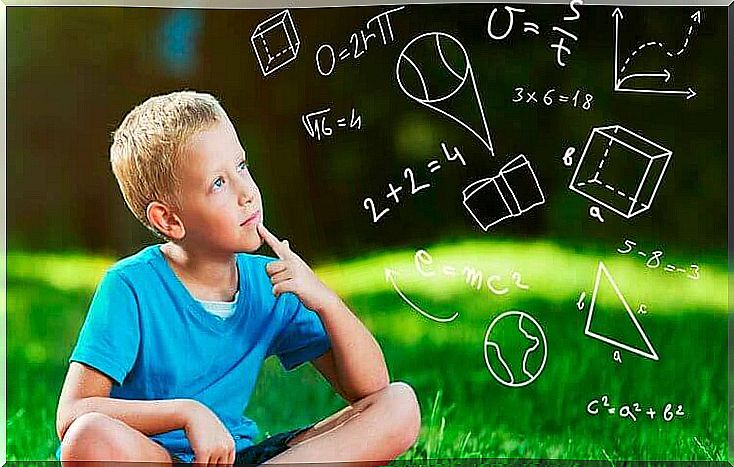3 Types Of Learning Strategies

Meaningful learning depends both on the teaching process and on how that teaching is handled by students. School psychologists have been largely interested in its aspects and have developed theories in order to optimize them. We will therefore talk in this article about learning strategies.
The main objective of learning strategies is to make students become more effective apprentices . Exploration and research in this area has given us different ways of doing this. The three most famous learning strategies are mnemonic, structural and generative strategies.
Mnemonic learning strategies
These types of learning strategies help students memorize content as specific facts or terms. For example, they are useful for remembering capitals, important dates, vocabulary of a language, etc. When it is necessary to memorize meaningless data, mnemonic strategies offer us a way to establish some degree of meaning.
The validity of these techniques has been widely demonstrated, which is why they have been used for a long time. Psychologist Paivio explained that these techniques work for three reasons:
- Double coding: Many of these strategies involve the use of non-verbal codes (pictures) in conjunction with verbal codes (words). This means that the content itself is encoded in two distinct ways. According to connectionist principles, this would facilitate access to information.
- Organization: Another way to work with these strategies is to create a cohesive context in which to fit the information. This allows information to be connected to each other, instead of being fragmented. For example, it is easier for us to remember a list of words if we form a sentence with them.
- Association: The formation of intense relationships between elements is also an option for meaningful learning. Strong associations help because when we see one element of both, we easily remember the other.

An example of a mnemonic strategy is the keyword method. This method is very useful when it comes to learning complex vocabulary in a foreign language. This consists of a phonetic and iconic link, for a detailed explanation.
Structural learning strategies
Structural strategies stimulate active learning by encouraging students to mentally select relevant pieces of information and relate them to each other in a structure. Here we find the techniques for making concept maps, flow diagrams or diagrams.
Obviously, it is not enough for the teacher to tell the student to do diagrams and summaries. These will only be useful if the student knows how to do them. It is therefore interesting and productive for teachers to educate their students on how to achieve them. The most difficult aspect of this training is to teach to detect the most relevant or the most significant aspects of a text or an exhibition.
The effect of these techniques on learning is quickly deduced. When we organize the material into small, closely related ideas, it is easier to access them. In addition, by creating intense associations between these ideas, it will be easier to access the rest of the information in our memory.
Research shows that students who use these techniques significantly increase their performance. They also help formalize a true understanding of the content, instead of rote and superficial learning. It is therefore interesting to integrate these learning strategies in the classroom.
Generative learning strategies
With the strategies presented previously, we analyzed ways to help students remember specific events and organize them into structures; in other words, they are techniques for dealing with new information to be learned. However, another important aspect of learning is that of integrating new content with pre-existing knowledge . And this is where generative strategies come into play.
EZ Rothkopf called these activities, in which the pupils produce knowledge, “mathematical activities”. Examples include taking notes, underlining, generating and answering questions, or rehearsing aloud. These types of activities help deepen understanding by forcing students to integrate their knowledge.

Many psychologists see active learning as the generation by the student of the relationships between ideas. This is why generative strategies are an excellent tool to stimulate this type of learning in students. Instructing students in how to take notes or ask questions to themselves greatly facilitates the deep understanding and integration of the knowledge acquired.
As we have seen throughout this article, there are different learning strategies that offer great potential and usefulness in classrooms. Scientific research relating to instruction and education helps us achieve that active and deep learning that we seek in students. It would be a grave mistake not to follow the guidelines and evidence provided by educational psychology.










